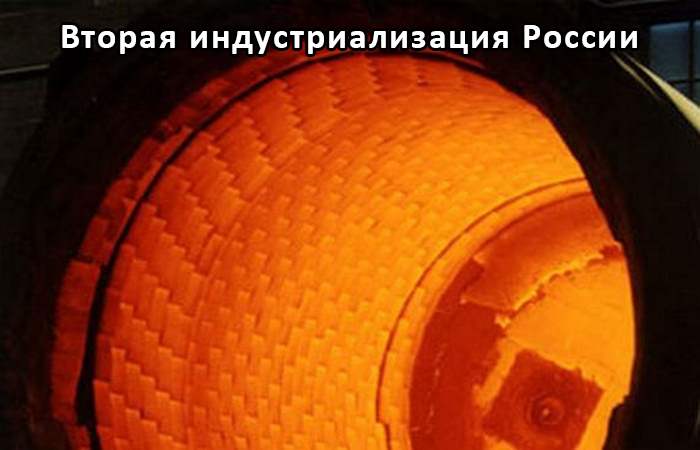
Refractory concretes of phosphates and the technology of their production.
Production technology allows to produce a bunch of “phosphate concrete – phosphate cement” for the manufacture of refractory products of any complexity, in which the suture coupling strength actually exceeds the strength of phosphate concrete. Such phosphate refractory concretes have a high degree of homogeneity, accuracy of geometric dimensions, stability, performance.
Physico-mechanical characteristics of refractory phosphate concrete
Description:
Refractory concretes of phosphate – a new kind of refractory materials. Phosphate refractory concretes are produced on alumophosphates bundle in the form of orthophosphate of aluminum and high-purity crystalline fillers (electrocorundum, silicon carbide) to produce alumina (up to +1800°C), silicon carbide (up to +1000°C) phosphate concretes with different characteristics.
The original technology of formation of the phosphate concrete under pressure and firing the finished products to +900°C can produce products of almost any configuration (including thin-walled and high forms), and provides for high degree of homogeneity, accuracy, geometrical dimensions, stability, performance.
Production technology allows to produce a bunch of “phosphate concrete – phosphate cement” for the manufacture of refractory products of any complexity, in which the suture coupling strength actually exceeds the strength of phosphate concrete.
Physico-mechanical characteristics of phosphate refractory concretes:
| Features: |
Value: |
| Operating temperature, °C |
to +1800 |
| Density, kg/m3 |
3000 – 3100 |
| Total porosity, % |
8,0 – 25,0 |
| Compressive strength, MPa, not less |
30 – 50 |
| The coefficient of linear expansion, K-1 |
7×10-6 |
| Thermal conductivity, W/(m*K) at 100°C at 1000°C |
0,23 – 30,0 |
| Changes in the thermal characteristics at the time of the process |
dramatically increasing the strength and elasticity |
| Thermal resistance* |
>>100 |
*- The number of cycles of heating to 1200°C and abrupt water cooling to 25°C.
The resistance of some other refractories: Dinas – 1÷2; chamotte – 10÷25; high-alumina – 15÷20; magnesia – 1÷2; periklazokhromntovykh – 5÷20.
Advantages:
The advantages of phosphate concretes in the claimed temperature range:
the lack of effects of shedding and cracking due to the low porosity and high strength of phosphate concrete,
– the hardness of the material (7,5 – 8,5 Mohs) allows to produce plate size 400×400 mm (including hearths ovens),
chemical purity of the material pods, acid resistance and resistance to oxides of carbon allows the use of phosphate concretes in aggressive environments.
